Art & Exhibitions
5 Artists to Watch: The Photography Edition
Photographers include Larry Sultan, Chuck Samuels, and more.
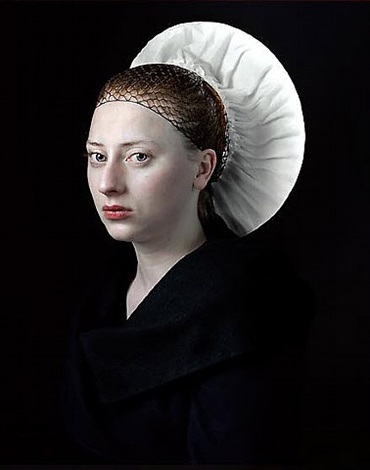
Photographers include Larry Sultan, Chuck Samuels, and more.

Artnet News

Compared to painting and sculpture, photography is still a relatively new artistic medium, and is therefore still being pushed to its limit. Photography’s status allows it to both critique the conventions of the more traditional art forms and to assert its authority as a relevant art form in its own right. With two major photo fairs, AIPAD and Paris Photo LA, rapidly approaching (see Take a Sneak Peek at Riches of Paris Photo 2014, AIPAD, Still Beautifully Unsettling After All These Years), the discerning collector might need some direction as to who to keep an eye out for both in and out of the fair centers. To aid the collector in his or her search, we have compiled a list of five photographers who are not only taking photography to the next level, but who are also very much influenced by their painterly predecessors.

Hendrik Kerstens, Red Rabbit IV (2009).
Dutch photographer Hendrik Kerstens is anything but your typical portrait artist. For one, he has devoted his entire career to shooting portraits of one very familiar subject: his daughter—capturing the first as a child and the most recent a young adult. His portraits deviate sharply from the candid snapshots that are so commonly used to catalogue the ever-changing life of a child. In keeping with the painterly portrait tradition of the Old Masters, his portraits are staged with the use of costume, makeup, and lighting to mimic the severe sobriety now only found on museum walls. In conjunction with Paris Photo LA, a survey of Kerstens portraits will be on view at the Museum of Photographic Arts in San Diego, CA.
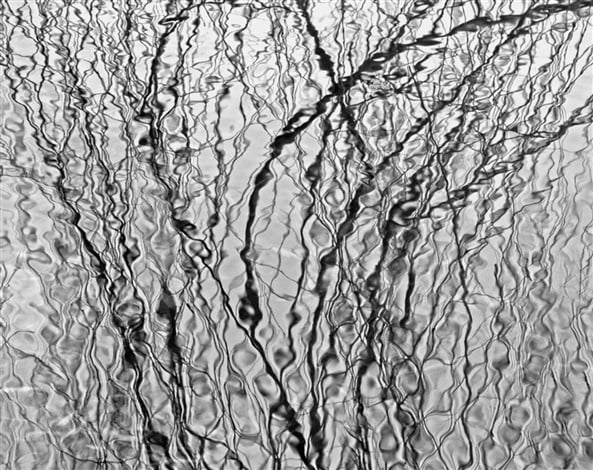
Carolyn Marks Blackwood, Inclination II (2014).
At first glance, it might seem misleading to call Carolyn Marks Blackwood a landscape photographer because when you look at her photos, they look like abstractions, when, in fact, all of her images are of the elements air, ice, and water. By playing with perspective, Blackwood pushes the boundaries of what it means to be a landscape photographer, widening the parameters of the genre from the typical vast romantic landscapes to an appreciation for the minuscule and the unseen in nature. A solo exhibit of Blackwood’s work is currently on view at Von Lintel Gallery in Los Angeles, CA.
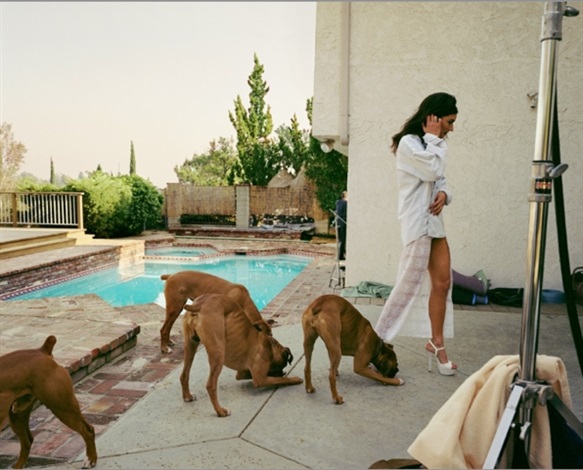
Larry Sultan, Untitled.
Larry Sultan’s body of work occupies the realm of the banal. Sultan spent his entire career capturing subjects in their home environments, zooming in on the day to day. By limiting himself to the realm of the home, Sultan’s work deals heavily with the idea of public vs. private, both in relation to the person and to the space. Opening in November and continuing through the end of July, the Los Angeles County Museum of Art is playing host to the first ever retrospective of Sultan’s work. Sultan’s work reminds viewers that the separation between the private and public self is real, and that both are arenas worthy of intense study.
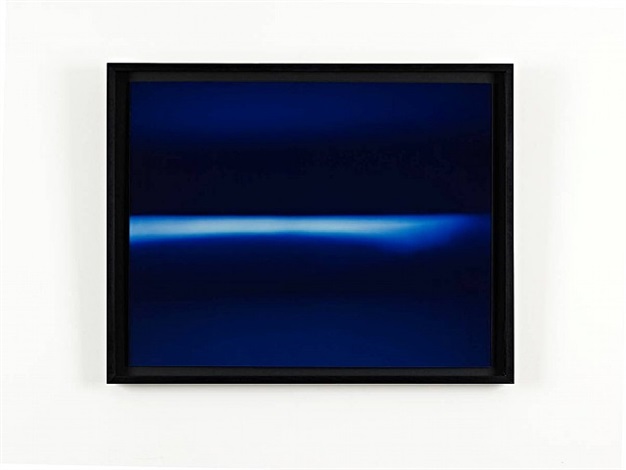
Garry Fabian Miller, Thoughts of the Night Sea 13th July 2000 (2000).
Creating a photograph does not always require the use of a camera. This fact rings true in the case of Garry Fabian Miller, who started out as a landscape photographer and now experiments with camera-less photography. The goal of camera-less photography is to transfer light to light-sensitive paper through various pipelines. So far, Miller’s experiments have resulted in brightly colored abstract compositions. He has tested passing light through glass, liquid, and cut paper forms. Miller’s latest camera-less experiments will be on display at Ingleby Gallery‘s booth at Paris Photo LA.
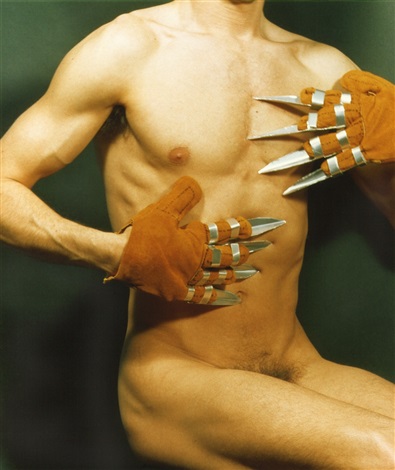
Chuck Samuels, After Outerbridge (1990).
Chuck Samuels is known for his provocative self-portraits that deal with feminism in an art historical context. His latest project, recently on display at ClampArt, investigates the tradition of the female nude. In this series, Samuels recreates a set of classical nude photographic portraits, making himself the subject instead of using a female subject. Inserting himself into the narrative of the female nude creates two noteworthy complications. One, it questions the notion of the male gaze. Two, it questions the tradition of objectifying women. In effect, Samuels’s work operates as a constructive critique of this historical narrative.